Jennifer V. Love photos
Guanajuato, Mexico
***
The Messenger of San Juan de Chamula
by Jennifer V. Love
II haven’t been in a church since my grandfather’s funeral over a year ago, but now that I’m traveling in Mexico, I’m checking out churches like a regular Catholic pilgrim. I’m addicted to the fraudulent feelings I get each time I genuflect, pray, or dip my hand in the holy water, surrounded by the gilded, ostentatious decor of these divine palaces. I enter the basilicas, cathedrals, and churches of every zócalo in the Mexican towns and barrios I’ve visited—Coyoacán and elsewhere in Mexico City, Xochimilco, Oaxaca, Guanajuato. Each monumental church displays romantically gothic or baroque architecture on the outside, with its own flair on the inside: retablos, teak statues of saints, golden thrones for baby Jesus, frescoes of dreamy angels and saints on ceilings, crystal chandeliers, and kaleidoscopic stained glass.
Yet the flowers strung from the simple, hexagonal front of the church in San Juan de Chamula bleed color and festivity. Cathedral San Juan Bautista is absent of solemn, heavy columns and the medieval brick and mortar architecture of churches elsewhere in the country. This church’s corpus is stark white, embellished with teal-green domes and French blue window borders. Banners of green, yellow, and pink flowers stream down from the domes to the ground. It looks like a joyful, party-church. I learn there is no party, but a celebration of something deeply spiritual that might not be God.
A man in a lamb’s wool vest, whose serious face reminds me of a bouncer, functions as a servant of this church and asks for my papers and pesos. This is one church in Mexico I cannot just walk into. I need a permit which I obtained from the tourist office in San Cristobal de las Casas before taking the bus up here. Luckily, the Belizean guy I met last night warned me to get the paper and have exact change for entry. I hand over the slip, which looks like a receipt, and my fifteen pesos—less than one dollar—to the church-bouncer. I confirm there is something different about this Chiapan church, 30 minutes north of San Cristobal, when I step inside.
The bouncer-servant quickly closes the heavy wooden door behind me and my foot slips a bit when I step inside; it’s not because the floor itself is slippery, but because it is covered in pine needles and orange leaves. Pine trees surround the town, so it makes sense that they carpet the floor and serve as incense for the building. There are no pews or benches anywhere. There are long pieces of cloth draping the long ceiling. People are spread out across the floor in small groups, some stand while others kneel. Flowers line the glass display boxes of what appear to be saints. The boxes have name labels and, thanks to my Catholic school days, I happen to know why a few are saints: St. Agnes (a virgin-martyr who died at 13), St. Cecilia (patron saint of music), St. Fabian (a miraculous pope), and at least ten others. Their stark, porcelain faces scare me because they all have black eyes. Each one represents a Mayan god, not the saint in the box. The mirrors on each saint’s chest are meant to ward off evil. The Mayans took this church from the Spanish and said, “Get off our land, but we’ll keep the building and your little dolls, too.”
I wonder if St. Cecilia is watching over this place as the maestros sing a somber, Tzeltal tune accompanied by an accordion, güiro, and bandolin. To me, the music sounds like French folk music. The musicians are accompanied by a small procession that is making its way from the front of the church to the back, toward me. There are at least fifty people inside, and we’re all intimately connected by this music. Something sacred is happening and I feel guilty for being here, watching it. My voyeurism overrides my shame, though. There is a tiny elderly woman, maybe four feet tall because she’s the height of my hip, who I see has found a place right beside me. She’s the only woman I see with black ribbons instead of colored ones; her face is so covered with wrinkles I can barely see her tiny eyes. As I skate on orange leaves toward the front of the church, she walks behind me. Maybe she doesn’t trust me. After centuries of colonial rule, I wouldn’t trust foreigners either.
Before I entered, a man named Pepe asked me if I was visiting my family in Chiapas. He thought I was Mayan, and when I told him I didn’t have family here, he walked away. My face and black hair don’t make up for my urban-American clothes.
I smell the heat leaving the flames of thousands of burning candles. They rest, in all sizes, on a dozen tables lining the left and right sides of the church. Candles are the only source of light in this building. More candles burn all over the floor. Unlike the candles on the tables, the ones on the floor look like albino versions of the kind blown out on a birthday cake and each group who has melted them into the floor hovers over these candles. There must be ten or fifteen groups of people performing their own ceremonies—each group carries on like they’re alone in this building. The tiny woman following me only seems to be concerned with me, not her own sacraments. I am worried for the women who hover over rows of candles on the ground, hoping they know what they’re doing when their embroidered satin blouses or black lamb’s wool skirts or pink and red ribboned braids get too close to the candles’ fires.
Each group has rows and rows of the albino birthday candles. The rows descend by height. These groups pray in a Mayan tongue—maybe Tzeltal or Ch’olti or Tzotzil—as they pull live roosters out of plastic bags. I see a woman hold a rooster by his legs over the flames. He thrusts around, wide wings flapping, but she ends his struggle when she grasps his neck. In a moment, he hangs still over the flames, a flightless, lifeless bird now. The man beside the woman takes a pocket knife to the chicken’s neck, and when I see blood begin trickling out, I realize the rooster’s blood has power. For fortune? To change fates? To protect and heal. The blood trickling turns to drops and when the blood is spent, the rooster is returned to his bag. His meat will also serve a purpose. Finally, out comes the Coca-Cola and pox. A bartender later tells me “pox” means “medicine” in Tzotzil. I imagine the corn-liquor is meant to feed the gods or bring the people offering it up closer to the gods by cleansing their souls. After swallowing Coca-Cola, the men burp. A sneeze eliminates pathogens from our systems, so perhaps burps expel the unnecessary, too.
Around me, prayers are spoken. Prayer is a feasible, seemingly efficient way to move closer to our hopes and dreams, I suppose even atheists hope for something. I feel closer to loved ones lost because of prayer; others feel more alive.
I trusted in the church when I was little because it was safe and quiet. I went to Catholic school for four years and every Monday, for those four years, I walked into the empty church and prayed in the little nook where I lit a candle and stared at a statue of an all-wooden Virgin Mary. She was brown unlike every other Mary I’d ever seen. I thought she could hear me. I begged for her protection and help to keep me safe at home. I feared my mother. In some ways, she answered those prayers because I began to spend more and more time with my mother’s father on weekends and after school. My mother found a second job, so she was at home much less.
My grandfather told me the more I prayed, the closer I’d be to heaven. He believed in God and his kingdom mostly because he was scared of what might happen if he didn’t pray and go to church. He was scared of God. He told me of his growing up in Cuba and Jamaica; he saw ceremonies like the ones I now see in San Juan de Chamula’s church. “Sacrilegious,” he’d say, when he described the blood his auntie put around the corners of dirt floor in his childhood home. He married five times, twice to the same woman, and cheated on all of them. He beat his wives and children sometimes; he couldn’t’ separate his world as a boxer from his life as a father and husband. But he was kind to me, but grandparents can be like that—warmer toward their grandchildren than they were to their children. I hope that he went to the heaven he wanted when he died. I hope he found peace. He loved that he could confess his sins, repent, and feel clean again.
Maybe my grandfather has sent this tiny Mayan woman to remind me that there is something greater than my own willpower helping me in this world. No matter how much I sin, I can still be good enough for whatever lies ahead of me. I think that’s what the blood and music and pox do: cleanse. Baptism is the only sacrament performed here, the only surviving practice from the colonial Spanish Catholicism that tried to take over but failed and left this building with its boxed saints. Economically, Chiapas is Mexico’s poorest state, but I think the people surrounding me are more prosperous than many of us in this world.
I walk up to the front of the church, observing each group’s system of prayer. I work to avoid stepping on candles or feet or hands. I stand in the place where an altar would normally be, looking at yet another boxed, porcelain figure. This figure is wrapped in a cheetah skin that fashionably covers only one of his shoulders. The old Mayan woman stares with me at St. John the Baptist, a man supposedly born of God’s will to a couple too old to bear children and the baptizer of Jesus himself. Jesus is in a box, too, but his box is lower than San Juan’s. I kneel at the feet of Juan and Jesus and think of my grandfather, my mothers—biological, foster, and adopted—and my dearest friends who have passed on from this world. I was closer to my grandfather than his other eighteen grandchildren; I was the only one not of his blood. His sons, my uncles, reminded me of this fact at my grandfather and mother’s funeral.
By happenstance, this wrinkled woman next to me could have been my grandmother instead. I am kneeling and she’s standing, and only now can I look directly at her and I do. “Buenos dias, señora.”
She looks at me and nods. She’s holding a rosary which she directs toward me instead of San Juan and Jesús. I put my palms toward her out of respect and she lays the red glass rosary beads in my hands. There is no crucifix on this rosary, only beads. I don’t know what she wants me to do. I try to give it back and she shakes her head no.
“Señora pero…” But she finally looks toward San Juan. So I do the only thing that comes to mind. I pray. But I don’t know the Hail Mary in Spanish, much less in Mayan. “Hail Mary, full of grace…” She, too begins to whisper something. I finish, “…Pray for us sinners now and at the hour of our death. Amen.”
“Amen,” she whispers.
I hand the rosary back and she takes it gently. Her hands are dark brown with many vertical wrinkles but no spots. She makes her way back toward the back of the church. I look to San Juan and believe I’ve been baptized again, but not as a Catholic.
About the author:
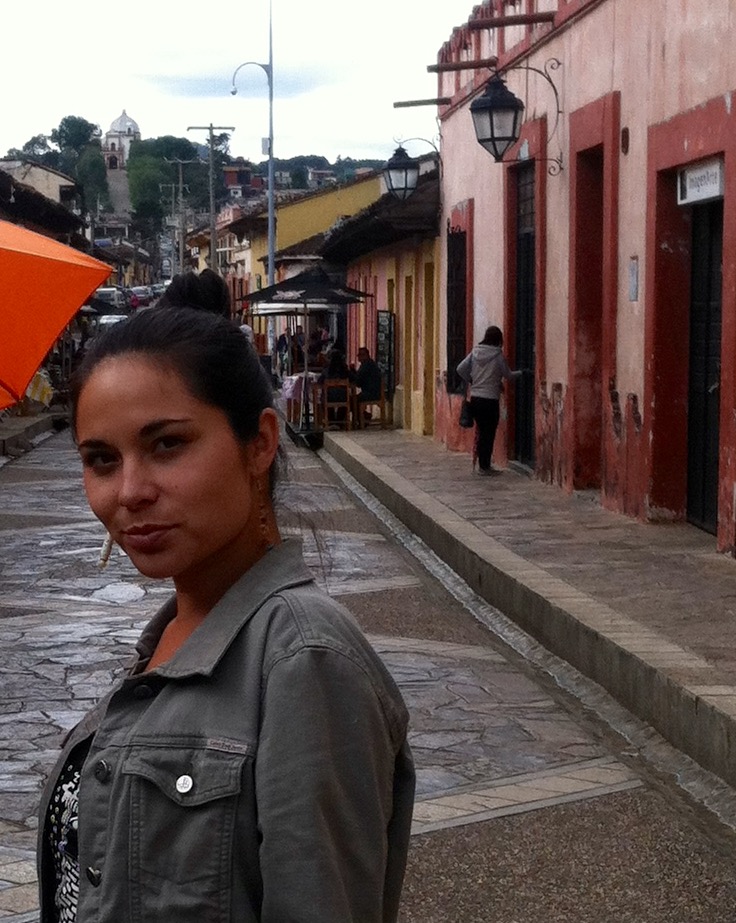 Jennifer Love is completing her MFA in Creative Writing at the Institute of American Indian Art (IAIA). Her stories have appeared in The Pasatiempo, Accolades, and the 2016 IAIA Literary Anthology, and is working on a collection of hybrid short stories. She has read her work at the Native American Literature Symposium and at the Museum of Contemporary Native Art. She received a 2014 Fund for Teachers Grant where she had the opportunity to work with East African writers in Rwanda and Burundi and bring their writings—particularly those on genocide—back to her students in Santa Fe where they compared those events to the cultural genocide of Natives in the US.
Jennifer Love is completing her MFA in Creative Writing at the Institute of American Indian Art (IAIA). Her stories have appeared in The Pasatiempo, Accolades, and the 2016 IAIA Literary Anthology, and is working on a collection of hybrid short stories. She has read her work at the Native American Literature Symposium and at the Museum of Contemporary Native Art. She received a 2014 Fund for Teachers Grant where she had the opportunity to work with East African writers in Rwanda and Burundi and bring their writings—particularly those on genocide—back to her students in Santa Fe where they compared those events to the cultural genocide of Natives in the US.
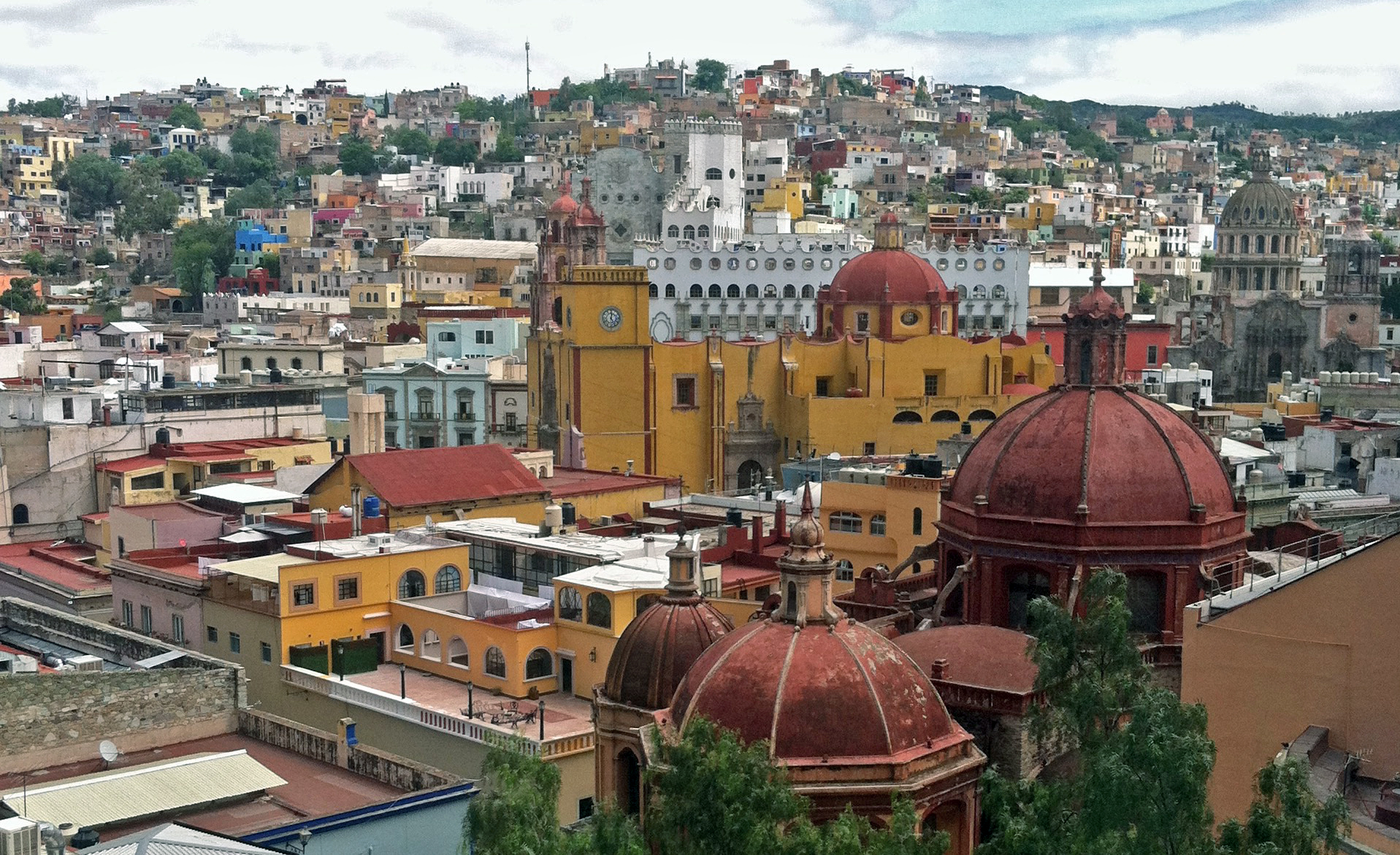
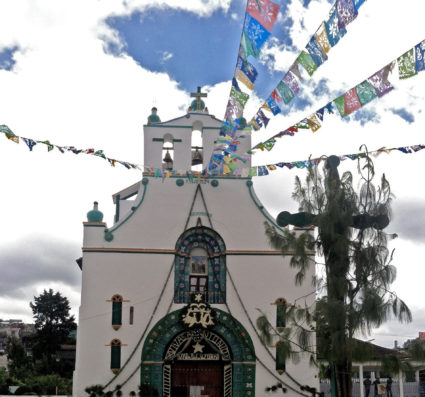
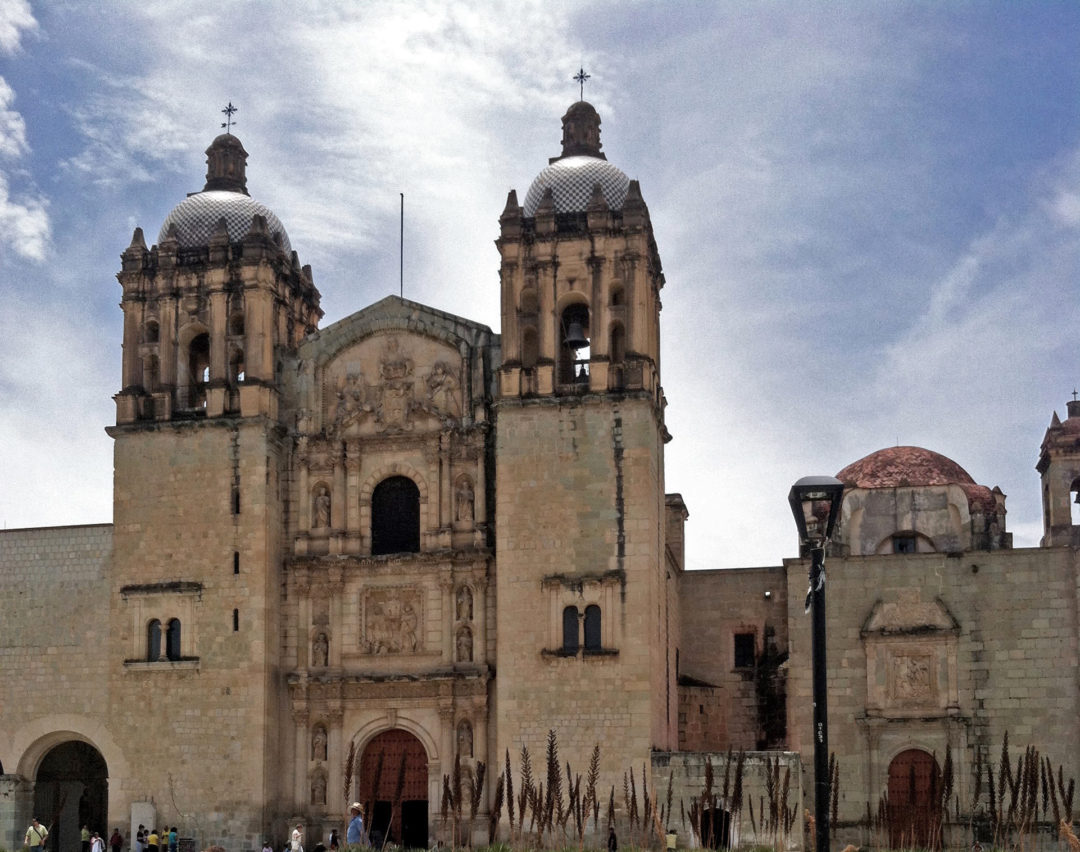
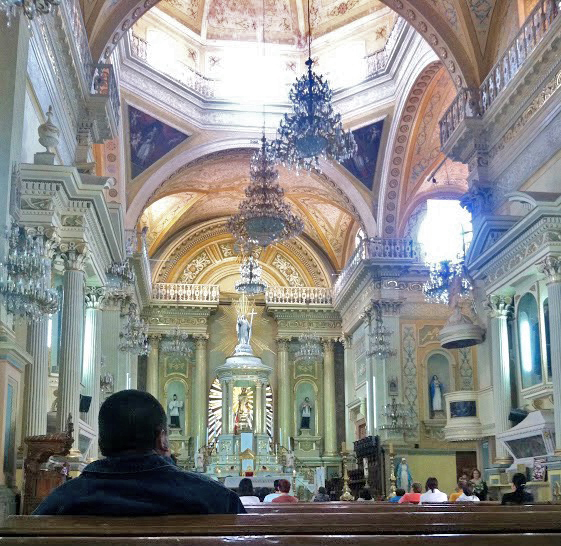
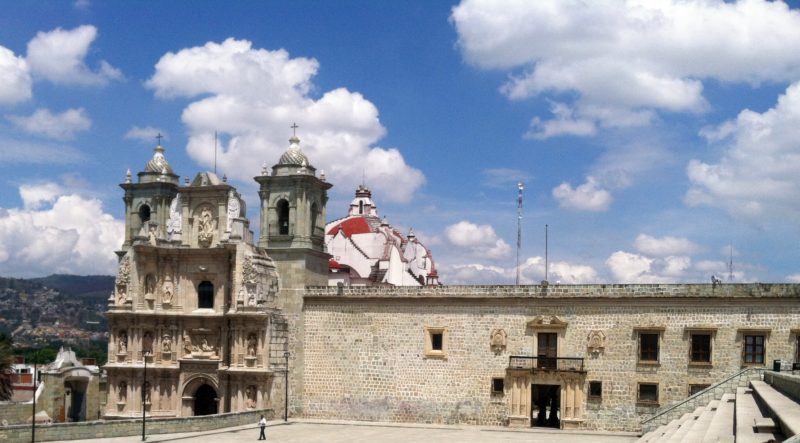
Recent Comments